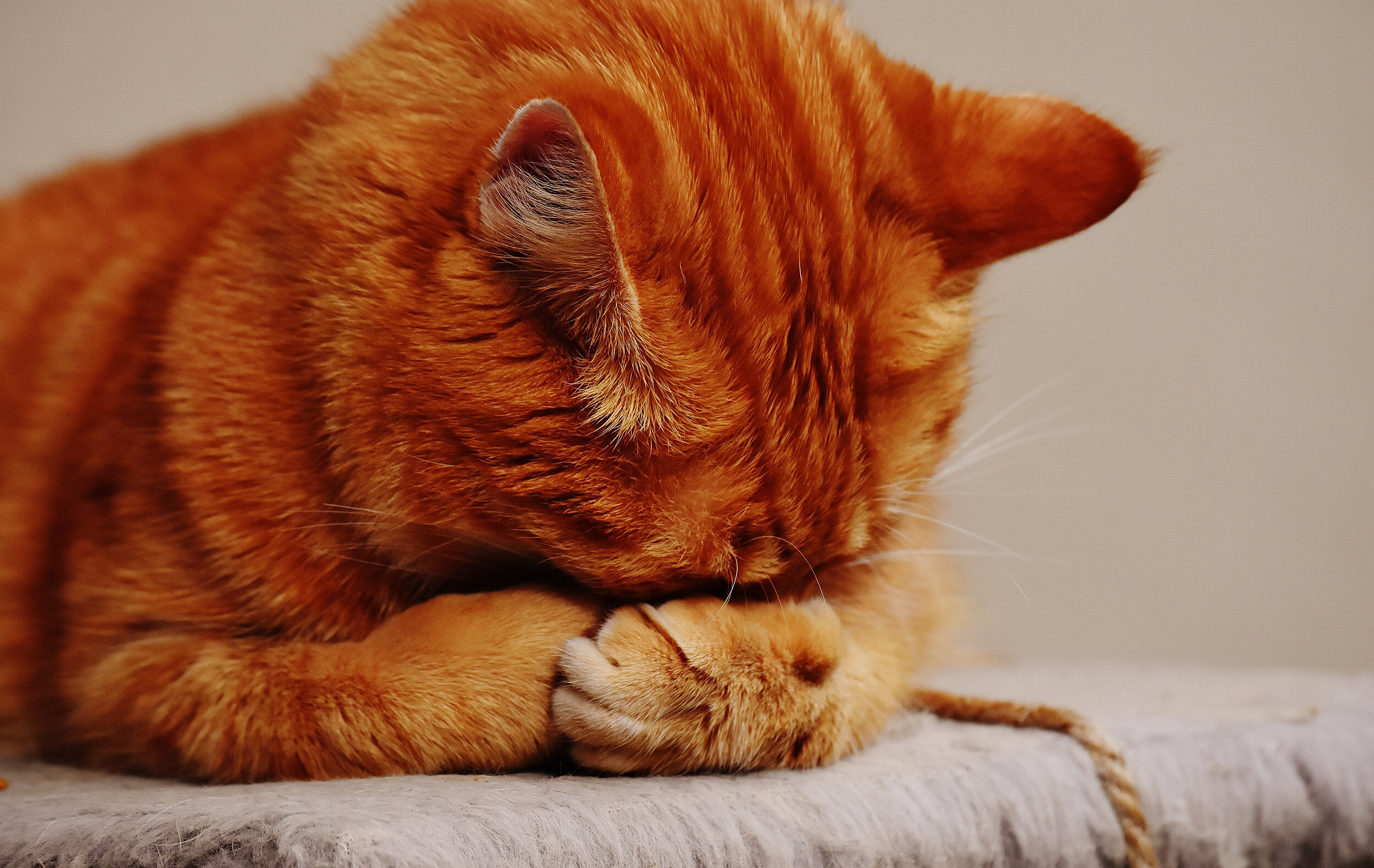Dental and Oral Disease in Dogs and Cats
Have you noticed your cat or dog experiencing resistance to regular eating - challenged by chewing, excessive drooling, pain, or low appetite? Do they have bad breath or have lost weight? Your cat or dog may be victim to gum disease. Periodontal disease in dogs is very common as is stomatitis in cats. Damage can occur in the liver and lungs as a result and may shorten your pets’ life. If the above symptoms describe your pet, it may be time to visit the veterinarian.
Periodontal Disease in Dogs
Periodontal disease is one of the most common diseases in dogs. It is a progressive gum disease that starts with food and bacteria along the gumline that interact with saliva and minerals to become plaque. The resulting irritation causes gingivitis, an early state of periodontal disease. Over time, the plaque builds up under the gums and separates the gum and the teeth. It becomes full-fledged periodontal disease when the dog fosters bacterial growth caused by the spaces under the teeth. There are 4 stages of periodontal disease, depending on the degree of detachment of the gums from the teeth. In stage 4, there is infection involving the bone around the teeth.
Causes of Periodontal Disease
Dogs with crowded teeth, often toy breeds, and dogs that groom themselves are at higher risk for periodontal disease. Genetic factors play a big role in whether a given dog will develop periodontal disease. Poor nutrition is another contributing factor.
Dr. Kent’s Two Cents on Gum Disease in Dogs
When dogs have periodontal disease, their organs are working hard to reduce the inflammation in the mouth. As a result, microscopic damage occurs in the liver and kidneys that can shorten your dog’s life. Also, periodontal disease leads to decay and cavities along the gum line, which causes pain and eventually affects the dog’s ability to chew. Once decay occurs in the tooth, roots can become exposed and the tooth can become loose, leaving no other option than to have the tooth removed with oral surgery.
In addition to regular dental cleaning by a veterinarian, daily brushing of the teeth and dental chews help decrease the development of plaque and tartar.
Stomatitis in Cats
Feline stomatitis is a condition where the inside of a cat’s mouth becomes irritated and inflamed. This can occur in the soft tissues of a cat’s mouth, including the gums, cheeks, and tongue. The inflammation can become so severe that the cat will not eat. We know that the microscopic cell types causing the stomatitis are lymphocytes and sometimes plasma cells.
The symptoms of stomatitis in cats include:
• Pain
• Bad breath
• Ulcers in tissues of the mouth and on the tongue
• Dental plaque
• Excessive drooling
• Difficulty chewing
• Fluid in gums
• Lack of appetite
• Weight loss
Causes of Stomatitis in Cats
Stomatitis in cats can often occur when teeth become overcrowded in the mouth as kittens. It can also be influenced by certain metabolic disorders and infectious diseases and injuries in the mouth. In particular, feline leukemia virus, feline immunodeficiency virus and the calici respiratory virus may lead to lifelong stomatitis in a cat.
Dr. Kent’s Two Cents on Stomatits in Cats
Medication is required to manage stomatitis, with corticosteroids being most important treatment. Alternating antibiotics for infection with corticosteroids for suppressing the lymphocyte and plasma cell inflammation will make a cat much more comfortable. Finding a medication regimen that keeps the stomatitis under control, while minimizing other adverse effects on the body, requires close supervision by a veterinarian. Fortunately, cats do not suffer from many of the severe side effects of corticosteroids that humans and dogs do, especially when they are given every 48-72 hours. As a last resort, when medication and teeth cleaning does not adequately control stomatitis, extraction of all but the canine (long fang) teeth and the tiny incisor teeth in the front will dramatically reduce inflammation and improve a cat’s quality of life.

